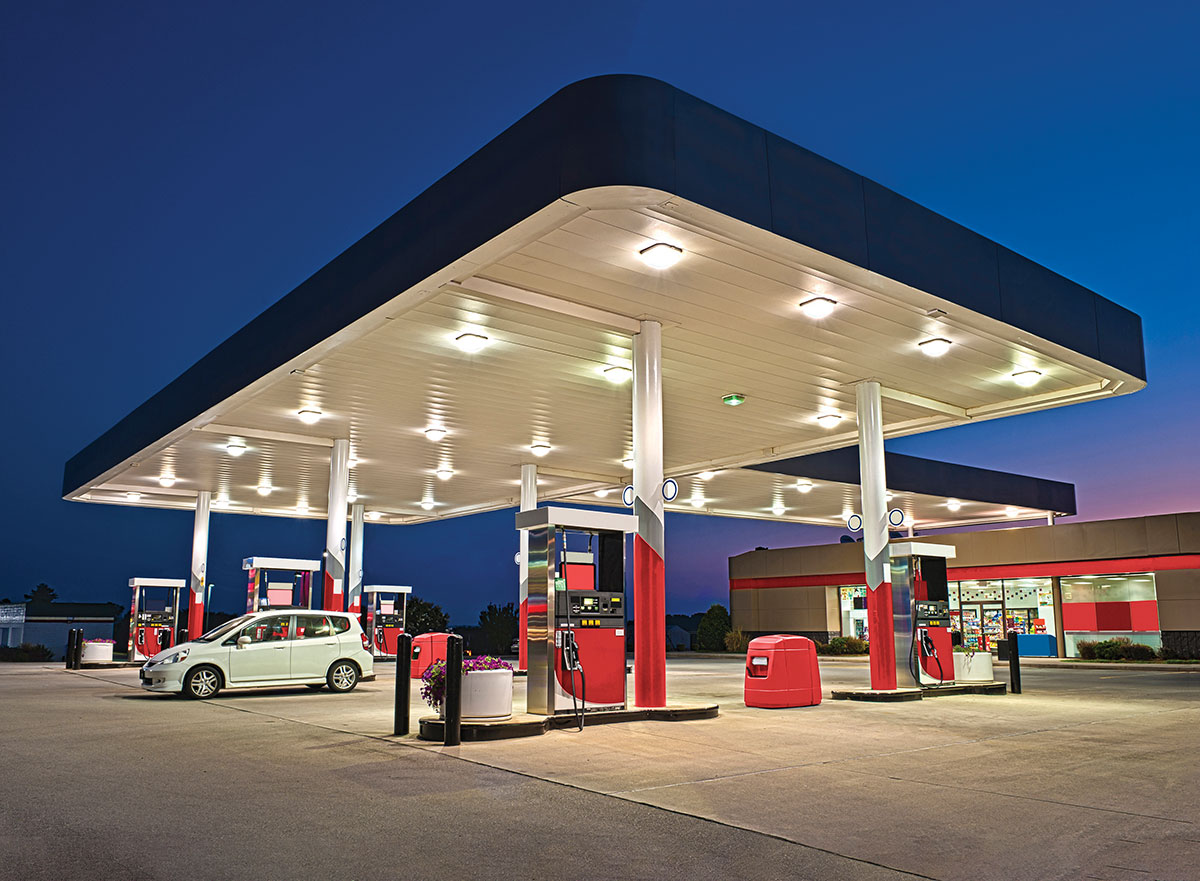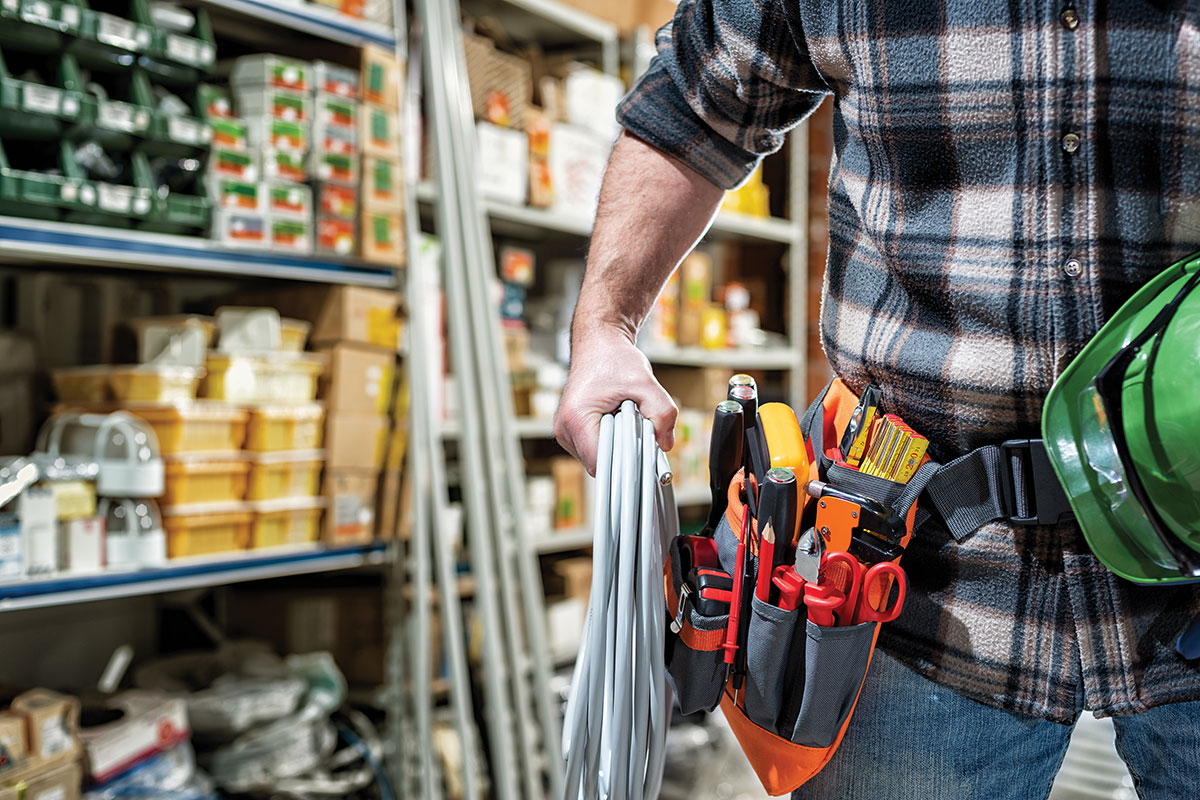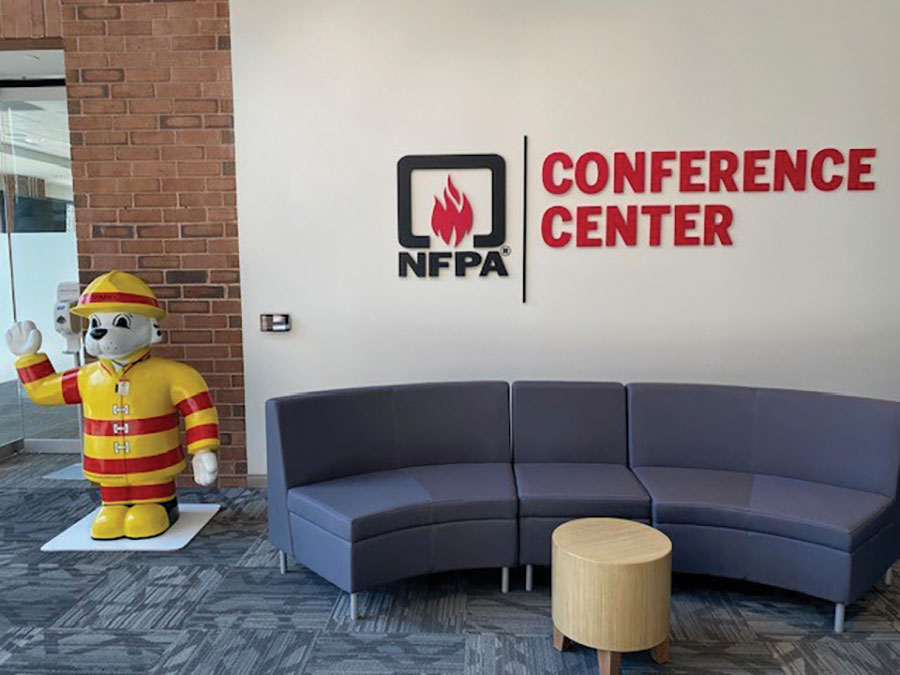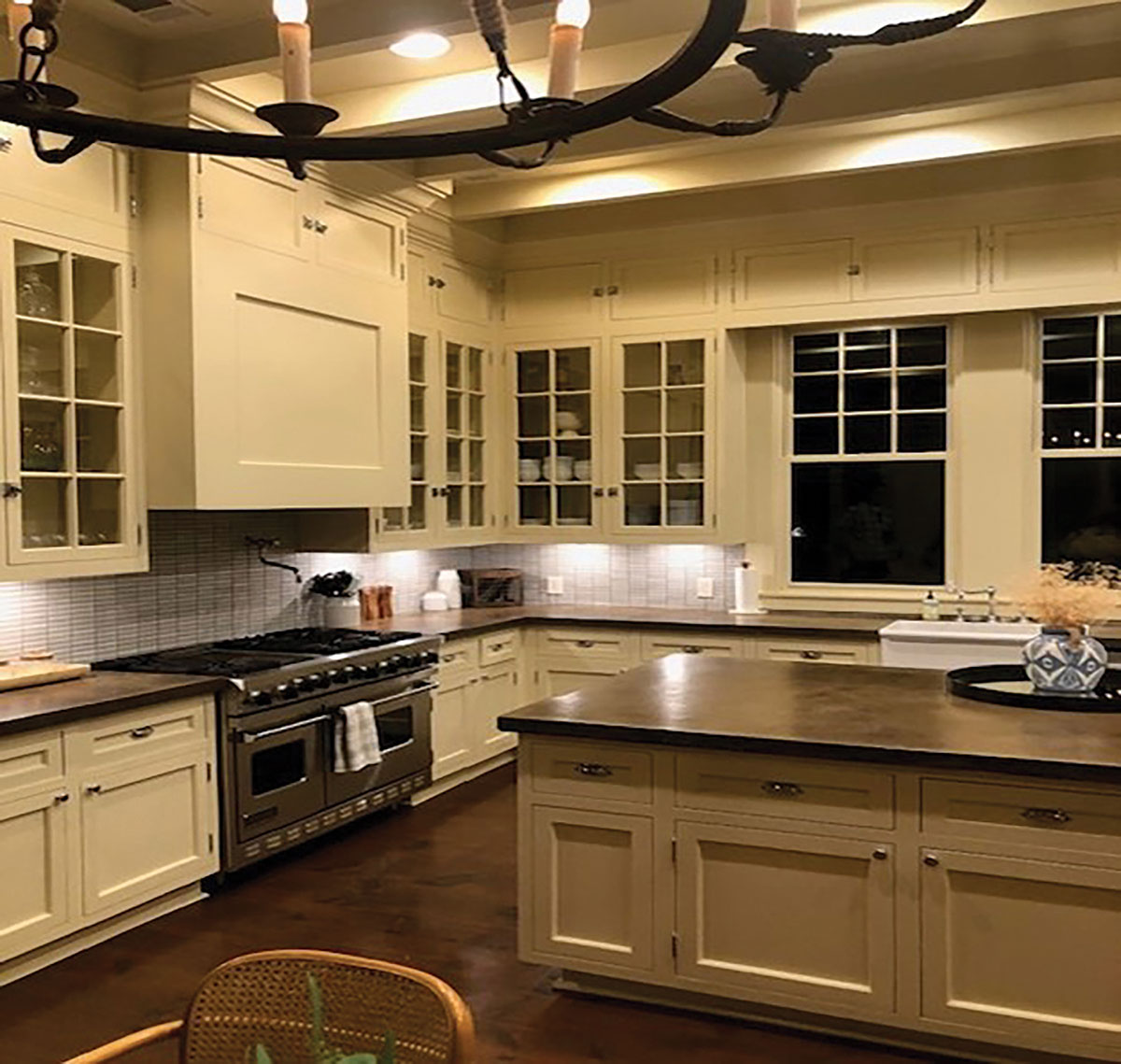The topic of hazardous locations can be complicated. Very often, there are multiple people involved in identifying the classification of an area, such as engineers and authorities having jurisdictions (AHJs) because there are many factors to consider. Sometimes, all of this information can become overwhelming for electrical inspectors and installers. So, where is a good place to start?
NEC 500.4 states, “Areas designated as hazardous (classified) locations or determined to be unclassified shall be documented on an area classification drawing and other associated documentation. This documentation shall be available to the AHJ and those authorized to design, install, inspect, maintain, or operate electrical equipment at the location.
If an electrical inspector or installer knows or suspects there are flammable gases or vapors, combustible vapors, combustible dusts, or combustible/ignitable fibers and flyings present in the area of an electrical installation, the information must be provided to determine the extent of the classified and unclassified areas. Sometimes, that means engineered drawings for general areas that require classification, and other times, that means having special occupancies that fall within the predetermined areas in the NEC. In either case, it is beneficial to have a good understanding of how the NEC is structured and how areas are classified. Then, the NEC can be applied by breaking down a complex installation into smaller, more manageable parts.
The layout of the NEC is covered in NEC 90.3, Code Arrangement. NEC 90.3 describes how chapters 1 through 4 apply generally, and chapters 5, 6, and 7 apply to special occupancies, special equipment, or other special conditions. In addition, chapters 5, 6, and 7 can supplement or modify chapters 1 through 7. When applying this to hazardous locations, code users need to remember the general rules apply unless the rules in Chapter 5 supplement or modify them.
A couple of areas in the general section of the Code that require special attention are definitions and Article 250. It is very important to review definitions related to hazardous locations so one understands the terminology and can fully understand what the code language in Chapter 5 requires. Grounding and bonding in Article 250 are always very important as well to limit the voltage to ground and to provide an effective ground-fault current path. When dealing with hazardous locations, code users need to be concerned with eliminating the possibility of the electrical system becoming an ignition source for flammable gases or vapors and combustible dusts and creating an explosion hazard. NEC 250.100, Bonding in Hazardous (Classified) Locations, describes a more stringent set of bonding requirements for hazardous locations, and then these requirements are supplemented by the bonding requirements in Chapter 5.
Let’s take a look at Chapter 5. The parts of Chapter 5 that are related to hazardous locations are broken down into general requirements for hazardous locations, requirements for Class 1, 2, and 3 locations, intrinsically safe systems, zone classifications, and predetermined areas.
- 500 Hazardous (Classified) Locations, 1, 2, and 3, Divisions 1 and 2
- 501 Class 1 Locations,
- 502 Class 2 Locations
- 503 Class 3 Locations
- 504 Intrinsically Safe Systems
- 505 Zone 0, 1, 2 Locations
- 506 Zone 20, 21, 22 Locations for Combustible Dusts or Ignitable Fibers / Flyings
- Predetermined Areas 511 through 516 and 517 Part IV.
For this discussion, we will focus on the class/division system. There are three classes, and those classes are divided into Divisions 1 and 2. These classes and divisions are described in NEC 500.5, Classification of Locations.
- Class 1 locations – flammable gases, flammable liquid-produced vapors, or combustible liquid-produced vapors.
- Class 2 locations – combustible dust.
- Class 3 locations – combustible and ignitable fibers and flyings.
A couple of challenges related to these locations are determining the type of material present and whether or not there are sufficient quantities to produce an explosive atmosphere. That is why the classification of an area, as mentioned before, is generally left up to others who have expertise in this area. As for the divisions, Class 1, Class 2, and Class 3 combustible fibers and flyings are similar in that Division 1 areas have the flammable gas, combustible dust, or combustible fibers and flyings present under normal conditions whereas Division 2 areas have these materials present under abnormal conditions. Class 3 ignitable fibers and flyings are a little different. They are divided into divisions 1 and 2, but Division 1 areas are those where they are handled, manufactured, or used, and Division 2 areas are where they are stored or handled but not manufactured. Within Article 500, information can also be found for material groups in NEC 500.6 and protection techniques in 500.7.
Now that we’ve covered an overview of area classifications and some of the code references, it’s really just a matter of obtaining the information required by 500.4 for documentation to determine the area classification and then applying the codes given in the NEC to determine things such as wiring methods, equipment requirements, sealing requirements, etc.
So, let’s look at an example. One common type of installation involving a hazardous location is a gas station, or to use the correct code terminology, a motor fuel dispensing facility. Motor fuel dispensing facilities are a predetermined area covered in Article 514 of the NEC, so we can go there for area classifications and boundaries. You will find these classified areas to be Class 1, Divisions 1 and 2. As a code user moves through the code requirements in NEC 514, they will also see references back to Article 501.
For instance, NEC 514.4 states, “All electrical equipment and wiring installed in the hazardous (classified) locations specified in 514.3 shall comply with Parts II and III of Article 501.” NEC 501 Part II is where wiring requirements for Class 1 locations are found, and Part III is where the requirements for equipment in Class 1 locations are located. Sealing requirements for motor fuel dispensing facilities are found in NEC 514.9. There a code user will see a code for sealing at the dispenser and then again, a reference back to 501.15 for boundary seals. Then, the code user will find a requirement specific to motor fuel dispensing facilities for circuit disconnects in NEC 514.11. Last, NEC 514.16 is the code reference for grounding and bonding with a reference back to NEC 501.30.
When looking at an installation, an example of how this could be applied is this:
What am I looking at?
A common gas station for cars and trucks.
What is the correct code terminology?
Motor Fuel Dispensing Facility – defined in NEC Article 100.
Where can I find documentation for area classification of a Motor Fuel Dispensing Facility (e.g., engineered drawings, predetermined area)?
NEC Article 514
Where can I find requirements for wiring methods in Motor Fuel Dispensing Facilities?
NEC 514.4 -> NEC 501.10 Wiring Methods
There are a lot of details that need to be considered when dealing with hazardous locations and are certainly not all covered here, but hopefully, this brief overview and application are useful to those electrical inspectors and installers learning the complex subject of hazardous locations. There are many installations involving hazardous locations all around us, and having a safe electrical installation is of the utmost importance.
References:
NFPA 70, National Electrical Code, National Fire Protection Association, 2023.











Find Us on Socials